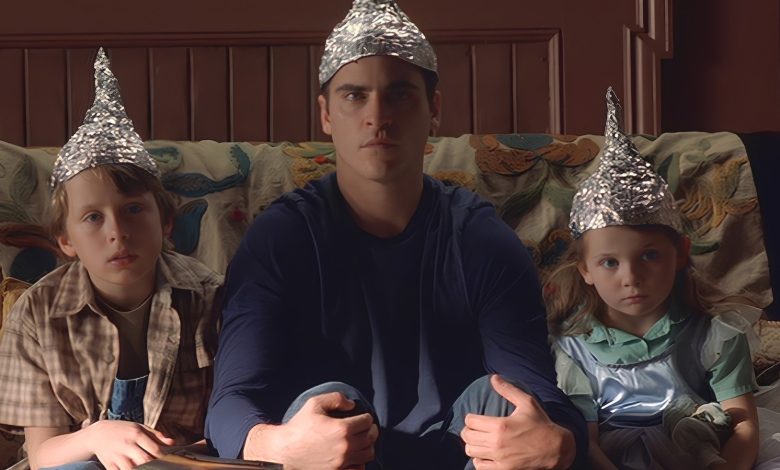M. Night Shyamalan Theory: The Signs Villains Are Not Aliens


“Signs” is a story about Graham Hess (Mel Gibson), a former priest who left the church after his wife died. He grapples with his faith throughout the movie before returning to the cloth by the end. With that in mind, bringing aliens into the mix is odd. They do come from the sky, so symbolically, they could represent “dark angels” of sorts. However, making them straight-up demons makes the themes of “Signs” so much stronger.
Throughout “Signs,” Graham metaphorically battles his demons. By the end, he comes face to face with an actual demon. It could serve as a literal manifestation of his loss of faith, literally holding his family hostage. Graham didn’t just stop being a priest; he kind of checked out as a father to his children, too. Kids need a dad, especially after going through the trauma of losing their mother, and Graham drops the ball in this regard. A demon threatening his kids serves as a dark reflection of where he was heading without faith. And the family is only able to defeat the demons by coming together. Bo leaves the water glasses around the house, and Graham tells his brother, Merrill (Joaquin Phoenix), to “swing away” with his baseball bat to attack the creatures. Graham overcomes his demons by embracing his family.
Additionally, Graham’s faith allows him to see how everything is connected via the monsters. The creature releases a toxic gas, but his son, Morgan (Rory Culkin), is unable to breathe it in since he has asthma. Graham sees how everything does, indeed, have a purpose. The “Signs” demon theory ties everything into the theme of religion much more neatly, and it makes the twist of “aliens” being weak against water far less goofy.




